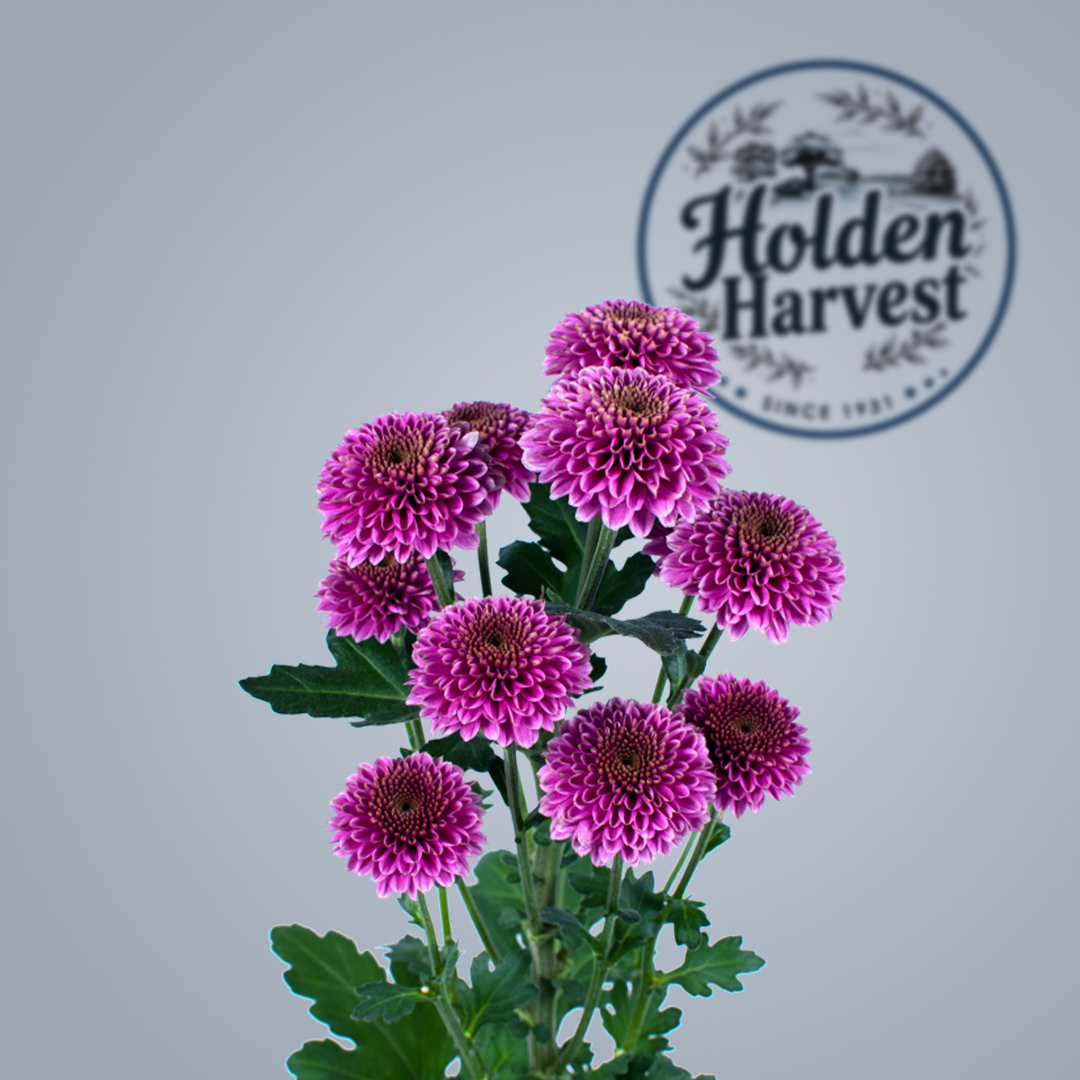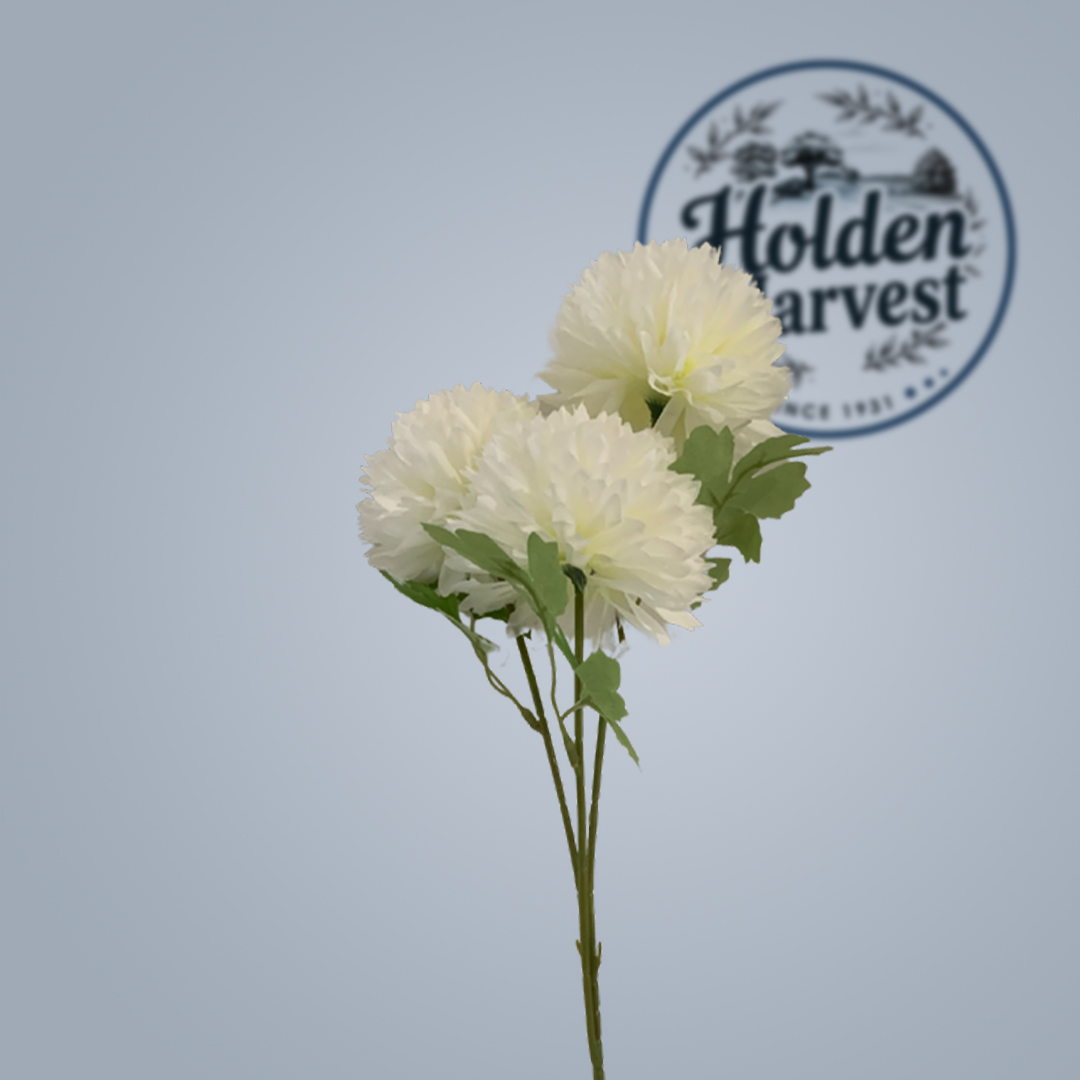Chrysanthemums, known for their vibrant colors and intricate petals, symbolize longevity and rejuvenation. They bloom in various hues and are popular in fall gardens, bouquets, and as symbols of resilience and hope.
type of Chrysanthemums:
Belonging to the Asteraceae family, chrysanthemums (commonly called "mums") originate from East Asia, particularly China and Japan. These flowers bloom in various shapes and colors, making them a popular choice for ornamental and medicinal purposes.
Chrysanthemums date back over 2,500 years, with their roots deeply embedded in Chinese culture. The Chinese considered them a symbol of longevity and immortality. Later, they were introduced to Japan, where they became the emblem of the Imperial family.

· Garden Mums: Hardy perennials that thrive in gardens, blooming in vibrant colors during the fall season.
· Spray Mums: These chrysanthemums produce multiple small blooms per stem, making them ideal for floral arrangements.
· Spider Mums: Characterized by long, thin, and curling petals, resembling spider legs, creating a dramatic floral display.
· Pompon Mums: Small, rounded flowers with densely packed petals, giving them a spherical, pompom-like appearance.
· Button Mums: Compact, tiny blooms with a button-like shape, often used in decorative floral arrangements and corsages.
They thrive in temperate climates, preferring temperatures between 15°C and 25°C.
A well-draining soil mix with organic compost enhances their growth.
Full sunlight for at least 6 hours a day and moderate watering ensure healthy blooms.
Plant in early spring or late summer for optimal growth.
Ensure 12-18 inches of space between plants and trim spent blooms to encourage new growth.
Aphids, powdery mildew, and fungal infections can affect chrysanthemums; regular monitoring and organic pest control are recommended.
Widely used in weddings, funerals, and festive decorations, chrysanthemums pair well with roses and lilies to create stunning floral displays.
Chrysanthemum tea is known for its cooling properties, aiding in digestion and reducing stress.
Used in traditional medicine, chrysanthemum extracts help alleviate respiratory and skin conditions.
From ancient Chinese paintings to modern poetry, chrysanthemums symbolize resilience and elegance in various forms of art.

Caused by improper watering; ensure a balanced moisture level.
Avoid overwatering and plant in well-draining soil to prevent fungal diseases.
Celebrated in Japan's "Festival of Happiness," this flower is a mark of joy and prosperity.
Chrysanthemums naturally repel insects, making them an excellent choice for eco-conscious gardeners.
Legend has it that an emperor sought immortality by drinking chrysanthemum-infused water, further adding to the flower’s mystique.
Conclusion
Chrysanthemums are more than just beautiful blooms—they carry deep cultural, medicinal, and artistic value. Whether adorning gardens, serving as herbal remedies, or symbolizing traditions, these flowers remain timeless and cherished.
1. How long do chrysanthemums bloom?
Chrysanthemums bloom for 4 to 6 weeks, depending on the variety and care.
2. Can chrysanthemums be grown indoors?
Yes, they can thrive indoors with adequate sunlight and proper care.
3. Are chrysanthemums toxic to pets?
Yes, they can be toxic to cats and dogs if ingested.
4. How often should chrysanthemums be fertilized?
Apply balanced fertilizer every two weeks during the growing season.
5. What is the best way to preserve chrysanthemums?
Drying and pressing are effective methods for preserving their beauty.